Location:
Jebel Hafit Desert Park is situated at the base of Jebel Hafit Mountain.
Access:
The park’s entrance can be found off Zayed Bin Sultan Street, to the south of Al Ain city.
Distances from:
Al Ain, often referred to as the ‘Garden City’ due to its greenery, is a prominent city located in the United Arab Emirates (UAE). It stands out for its rich cultural heritage and historical significance, being the birthplace of President H.H. Sheikh Khalifa Bin Zayed Al Nahyan. This city, central to the cultural heritage of the UAE, has been a critical part of the region for over 5,000 years, serving as a welcome retreat from the surrounding desert and coastal areas.
Geographically, Al Ain is positioned in the Emirate of Abu Dhabi, bordering Oman to the east and approximately 160 kilometers east of Abu Dhabi city. It is the fourth-largest city in the UAE and the second-largest in the Emirate of Abu Dhabi. The city’s landscape is unique, featuring Jebel Hafeet, one of the highest mountains in the country, which adds to its natural beauty and provides a habitat for diverse wildlife. Al Ain’s climate is classified as a hot desert climate, with long, hot summers and warm winters, making its green oases and parks crucial for both the local ecosystem and the city’s residents.
Historically, Al Ain is known for its ancient falaj irrigation system, which has supported its agriculture and oases for millennia, earning it recognition as a UNESCO World Heritage Site. The city’s history is deeply interwoven with the formation and development of the UAE, with significant figures such as H.H. Sheikh Zayed bin Sultan Al Nahyan, the founder of the UAE, having spent a considerable part of his life in Al Ain. This connection to the Nahyan dynasty highlights the city’s importance in the broader narrative of the UAE’s history.
Al Ain’s commitment to preserving its natural and cultural heritage while embracing modern development is evident in its urban planning. The ‘Plan Al Ain 2030’ aims to guide future growth in a manner that respects the city’s unique character, natural assets, and historical sites. This includes managing population growth and urban development to avoid over-development, depletion of groundwater resources, or encroachment on natural habitats.
Nestled in the stunning landscape of the United Arab Emirates, Jebel Hafeet Desert Park stands as a gateway to a realm where history and nature intertwine beautifully. Located in close proximity to some remarkable historical sites, each with its own unique narrative and cultural importance, this park serves as a focal point for exploring the rich heritage of the region. From the ancient tombs at its foothills to the lush Al Ain Oasis, the majestic Al Jahili Fort, and the vibrant Camel Souk, these sites together weave a fascinating tapestry of the UAE’s past. They not only highlight the historical depth and cultural diversity of the area but also showcase the deep-rooted connection between the people and the semi-arid environment they have thrived in.
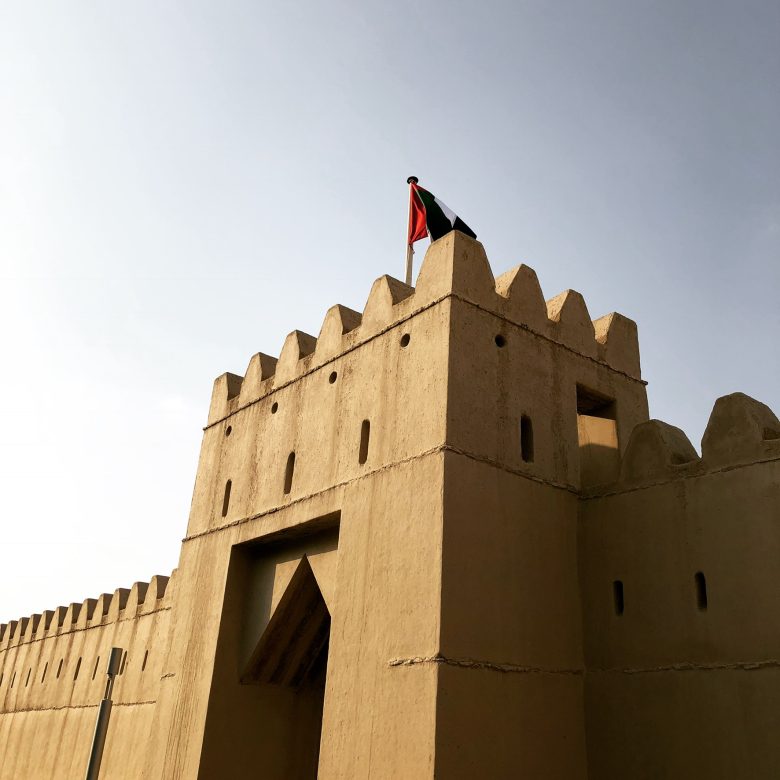
Qasr Al Muwaiji, an iconic structure in the oasis city of Al Ain, is the birthplace of His Highness Sheikh Khalifa bin Zayed Al Nahyan, President of the UAE. This fortification has stood the test of time, witnessing the transformation of the UAE from a collection of desert communities into a modern state. It has been restored and transformed into a museum that chronicles the history of the area, the life of the ruling family, and the development of the United Arab Emirates. The museum within the fort offers visitors an insight into the country’s governance, culture, and the significant role the fort played in the UAE’s history.
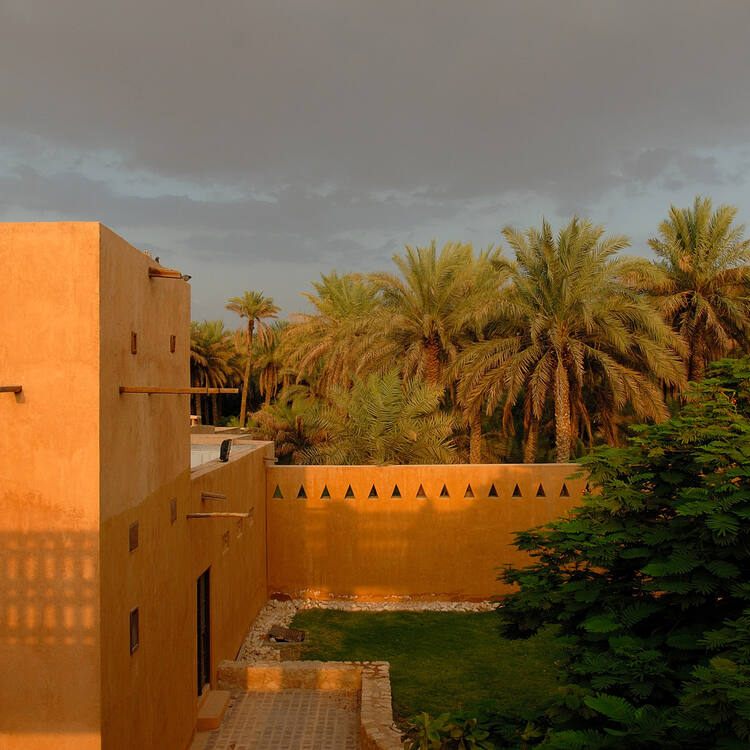
The UNESCO World Heritage Sites in Al Ain, including the six oases and the archaeological sites of Bida bint Saud, Hafeet, and Hili, are a testament to the region’s historical significance and human settlement over the millennia. These sites offer a fascinating glimpse into the ancient practices of agriculture, particularly the falaj irrigation system that has supported life in this desert region for thousands of years. The archaeological findings at Hili, for example, include remnants of a Bronze Age settlement and tombs, highlighting the area’s role as a crucial hub for trade and community life in ancient times.
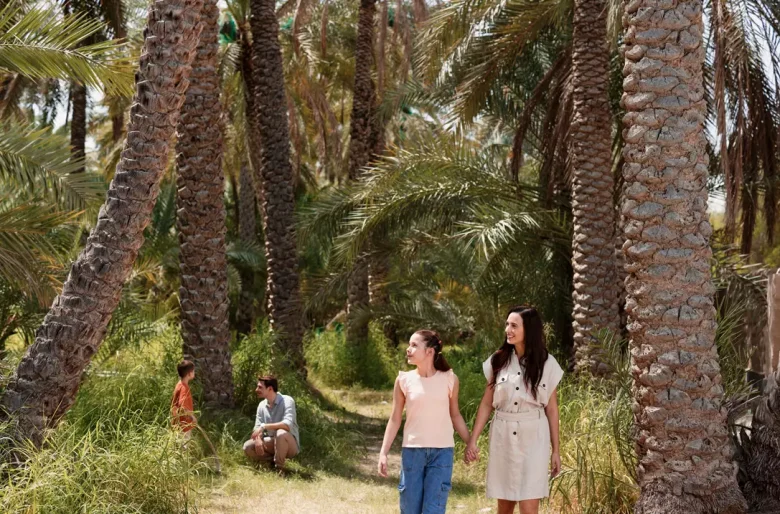
Nestled in the heart of Al Ain, this oasis is a living testament to the region’s traditional falaj irrigation system, which has been used for centuries to support agriculture in this desert environment. The lush palm groves and peaceful walkways offer a glimpse into the sustainable living practices of the region’s ancestors.
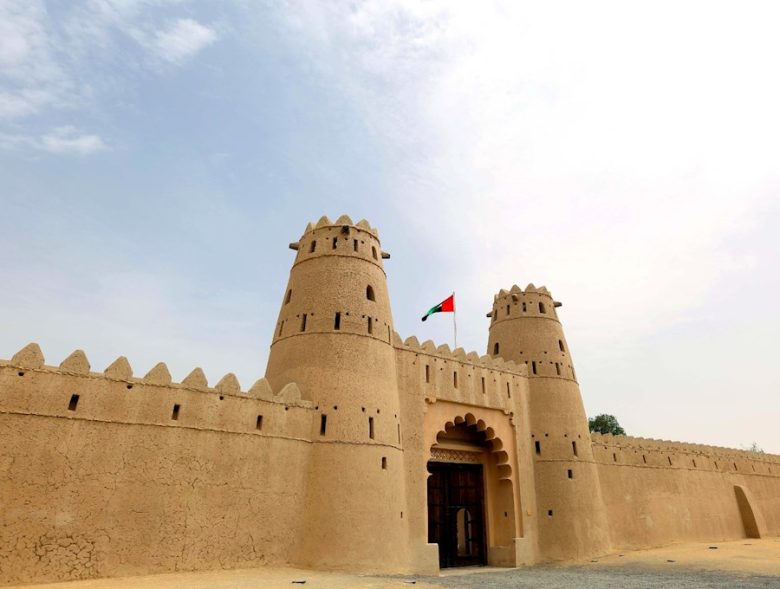
Built in the late 19th century, Al Jahili Fort is one of the UAE’s most historic buildings. It was erected to defend the city and protect precious palm groves. The fort also served as a residence for the local governor. It has been beautifully restored and now houses a permanent exhibition dedicated to Sir Wilfred Thesiger, a British explorer known for his travels through the Empty Quarter during the 1940s.
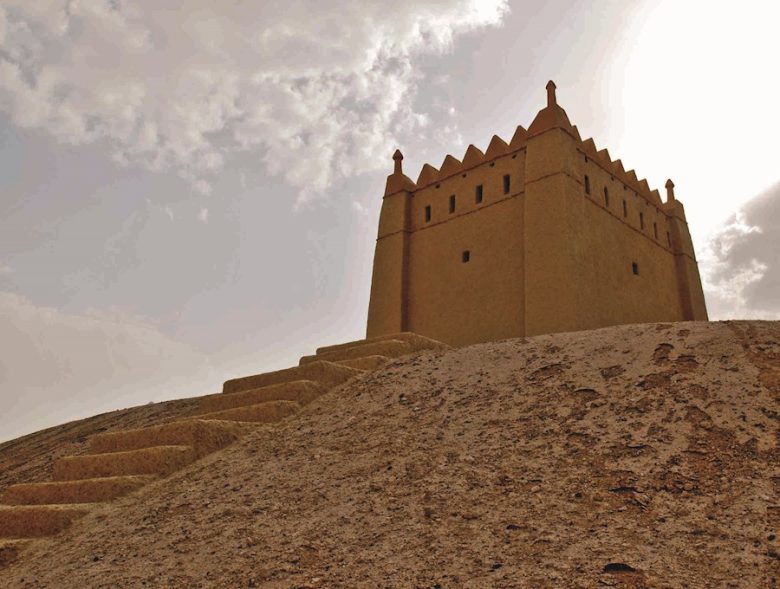
Located on the outskirts of Al Ain, this site is home to a number of significant archaeological finds, some of which date back to the Bronze Age. The park features ancient tombs, a falaj irrigation system, and other structures that offer insights into early desert life. It’s a key attraction for those interested in the history and prehistory of the UAE.
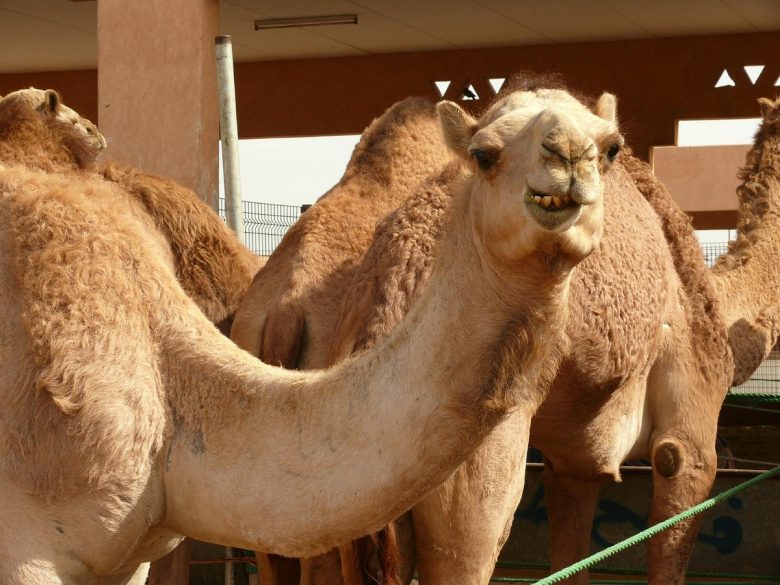
While not historical in the architectural sense, the Camel Souk in Al Ain offers a cultural experience that connects visitors to the traditions and heritage of the Emirati people. It’s one of the few remaining markets in the UAE where you can witness the trading of camels, a practice deeply rooted in the region’s history.
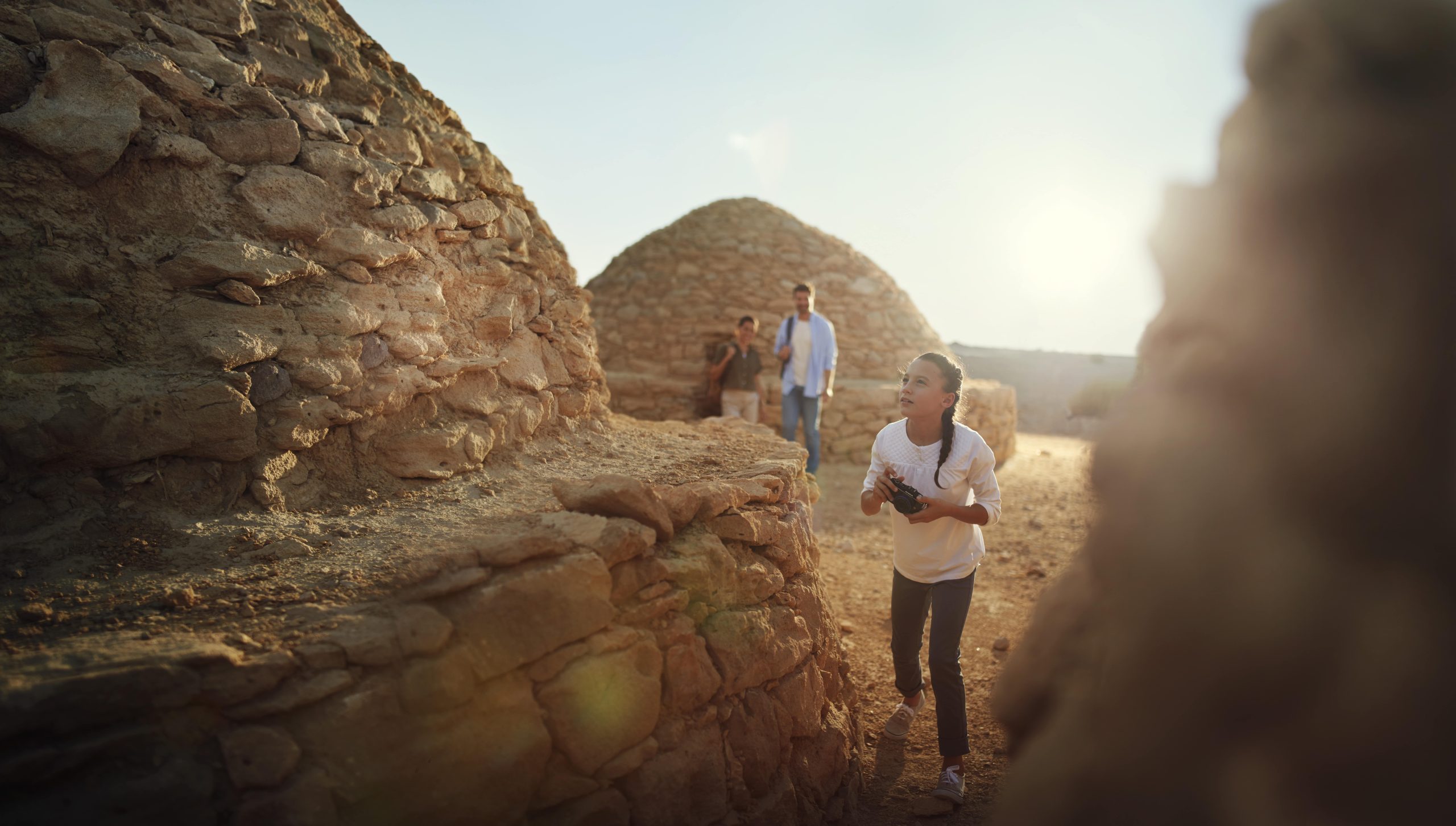
At the foothills of Jebel Hafeet, archaeologists have discovered a series of tombs dating back to the Bronze Age. These tombs highlight the area’s significance as a burial site and provide valuable insights into the rituals and societal structures of ancient inhabitants.
As we continue to expand our portfolio, this is the section where we share announcements about our enchanting new locations. So, be the first to discover where our next eco-friendly sanctuaries will be located, offering you unparalleled experiences.
© 2024 Copyright PURA ECO RETREATS